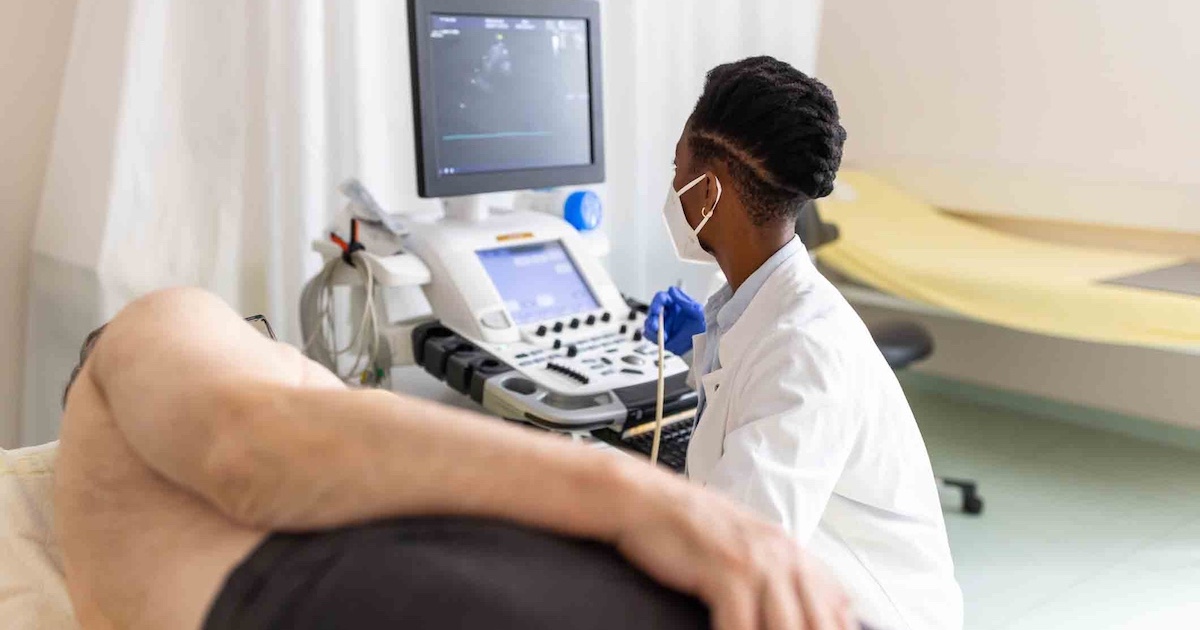Ten years ago, HIMSS conference and exhibition attendees could have been forgiven had they looked at the word "mHealth" and thought it was a typo. And last year, they might have shrugged off this charming little trend with its half-dozen events as they hurried on to the next session on ICD-10 or HITECH.
Now, however, it's staring them in the face - particularly when they pull out their smartphone or sit down with their tablet or laptop. It's in the exhibit hall, outside the exhibit hall and interwoven into dozens upon dozens of education sessions, panel discussions, e-sessions and keynotes.
In other words, it's here, folks. Get used to it.
Mobility in healthcare isn't a new concept any more, and it's a significant stepping stone to the future of healthcare delivery. It can and will enable the healthcare provider to push away from the limited confines of the examination room and develop a practice with more potential, not to mention better outcomes. From the EHR app to the telehealth station to the physician-managed social media portal, new programs and tools are being designed that allow both the patient and the provider to get more out of the healthcare experience.
It's no secret that patients are demanding better and more access to their healthcare data and providers, just as it's common knowledge that providers have been hesitant to embrace mHealth. That reluctance is easing, albeit slowly, as more and more providers understand what they can do with their smartphones and tablets, and as payers, provider networks and even the government move to embrace telemedicine as an acceptable alternative to the face-to-face meeting. Granted, the legislative wheels may be turning slowly, but at least there's some traction.
So what should the provider do, now that he or she has witnessed the power and potential of mHealth at HIMSS13? A few suggestions are in order:
- Know what is and what isn't allowed. Study the latest laws regarding telemedicine use and reimbursement for each state, and take a look at the guidelines on using mobile medical apps for clinical reasons. It's a slippery slope at present, so the best strategy may be to start slowly and develop a platform as you move along.
- Look for champions. The field is advanced enough that there are physicians around the country involved in successful telemedicine or mHealth programs. Find one who is doing what you want to do, and ask questions. You'll certainly want to fine-tune a program to make it your own, but it doesn't hurt to analyze the success stories.
- Ask your patients what they want. A simple survey might give you a good idea of what to invest in, as well as what to wait on.
- Forget competition. The idea of hospitals and physician practices competing for patients is fading fast - there are too many patients out there and not enough providers. Besides, patients are looking for convenience. Work with other healthcare providers to create a network, Develop a specialty and promote it.
- Be prepared to adjust on the fly. Remember that a good idea is just that - a good idea. Any number of variables can affect the outcome, turning something that looked so great a while back into an unmanageable mess. Experiment with the tools at your disposal, and fine-tune the process as you get feedback from your patients or others in the field.


